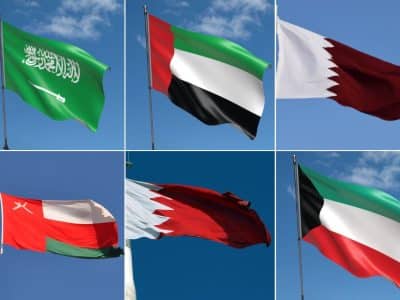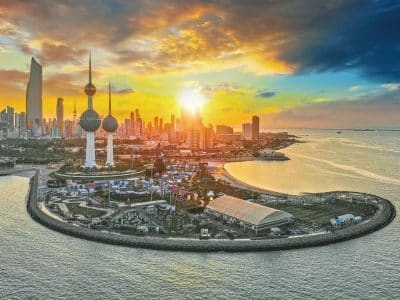Fitch Ratings said on Tuesday that it has revised Oman’s outlook to stable from negative while affirming the sovereign’s long-term foreign- and local- currency issuer default ratings (IDR) at ‘BB-‘.
The revision of the outlook reflects actual improvements in, and the expected evolution of, key fiscal metrics including government debt/GDP and the budget deficit, driven by higher oil prices and fiscal reforms, the ratings agency said.
Fitch also noted a lessening of external financing pressures relative to recent years even as external funding needs remain high.
“We estimate that the budget deficit narrowed to 3.4 percent of GDP in 2021, from 16.1 percent of GDP in 2020. Hydrocarbon revenue grew by a third, according to our estimates, driven largely by a 28 percent rise in Oman’s average fiscal oil price, and likely accounted for more than half of the narrowing in the budget deficit,” Fitch said in a statement.
“The government has made progress with implementation of its medium-term fiscal plan (MTFP), which aims to balance the budget and lower government debt/GDP to 61 percent by 2025,” it added.
Fitch data showed that in January-October non-oil revenue grew 40 percent annually, helped by the introduction of a 5 percent VAT in April, dividends to the budget from the Oman Investment Authority (OIA) and gradual economic normalisation, as Covid-19 related-restrictions were lifted and Oman’s vaccination drive accelerated.
As of late November, 84 percent of the targeted population had had two vaccination doses and a booster programme had begun.
Total spending declined 6 percent year on year, according to preliminary figures, helped by the Q4 shift of the majority of hydrocarbon spending off budget to Energy Development Oman (EDO), the state-owned enterprise (SOE) to which the government transferred its stake in Petroleum Development Oman, the main oil company in the country.
According to Fitch, EDO will pay royalties, profit taxes and dividends to the budget, will retain a portion of revenue to cover some spending and will issue debt to fund its annual capex (possibly $3 billion annually).
It added that headline figures for the proposed 2022 budget, which is still based conservatively on an oil price of $50/barrel, indicate higher spending and revenue relative to the MTFP, while the budgeted deficit is around 1.7 percent of GDP larger.

“We forecast the budget deficit to narrow to 1.6 percent of GDP in 2022, given another strong year for oil and gas revenue, a full year of VAT revenue, lower oil and gas capex and a small decline in subsidy costs,” Fitch said.
It also forecasts the budget deficit to widen in 2023, to 2.2 percent of GDP, largely driven by a decline in the Brent crude oil price to $60/barrel, offsetting improvements forecast for non-oil revenue, which Fitch expects to rise by 1 percent of GDP in 2023, helped by the introduction of a personal income tax, and a small decline in spending/GDP.
“We forecast real GDP growth to accelerate to 3.1 percent in 2022 and steady to 2.3 percent in 2023, driven by stronger hydrocarbon growth next year, while non-oil growth will be moderate at just over 2 percent on average. Non-oil growth will be supported by further recovery from the pandemic and the completion of large projects, but constrained by the impact of fiscal consolidation,” Fitch noted.
The agency also said it expects the MTFP to lower the fiscal breakeven oil price to around $60/b in 2024-2025 and to narrow the non-oil primary deficit as a percentage of non-oil GDP to 24 percent in 2024 from 34 percent in 2020.
“This would represent an important structural improvement in the budget, even though Oman would nonetheless remain heavily dependent on hydrocarbon revenue and vulnerable to commodity-price shocks,” it added.
External financing pressures on Oman have eased relative to recent years, Fitch said, although funding requirements remain sizeable and Oman’s level of external indebtedness is high.
It said the succession of Sultan Haitham bin Tariq in 2020 has added momentum to Oman’s reform agenda. Nonetheless, potential social pressure resulting from the low employment rate of young Omanis remains a risk to public finances and political stability.







